Welcome!







Factory Supply 16mm Single Unit Insulated Shaft Switched Rotary Potentiometer
Product Description
Wire wound potentiometer: It has the advantages of high accuracy, good stability, small temperature coefficient, reliable contact, and high temperature resistance, strong power load capacity. The disadvantages are that the resistance range is not wide enough, the high-frequency performance is poor, and the resolution is not high. Moreover, wire wound potentiometers with high resistance values are prone to wire breakage, large size, and high prices. This potentiometer is widely used in electronic instruments and meters. The resistance body of a wire wound potentiometer consists of resistance wires wound around an insulating material. There are many types of resistance wires, and the material of the resistance wire is selected based on the structure of the potentiometer, the space containing the resistance wire, the resistance value, and the temperature coefficient. The thinner the resistance wire, the greater the resistance value and resolution obtained in a given space. However, the resistance wire is too thin and can easily be disconnected during use, affecting the life of the sensor.
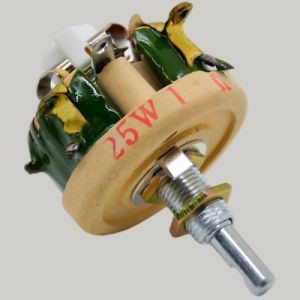
The potentiometer can be used as either a three terminal element or a two terminal element. The latter can be regarded as a variable resistor, which is called a potentiometer because its function in a circuit is to obtain an output voltage that is in a certain relationship to the input voltage (applied voltage). Compliance, also known as compliance, refers to the degree of compliance between the actual output function characteristics of the potentiometer and the required theoretical function characteristics. It is expressed as a percentage of the total external voltage with the maximum deviation between the actual and theoretical characteristics, and can represent the accuracy of the potentiometer.
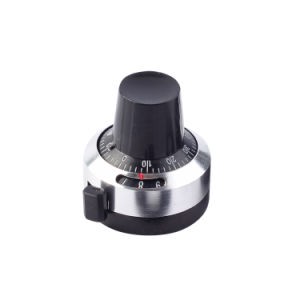
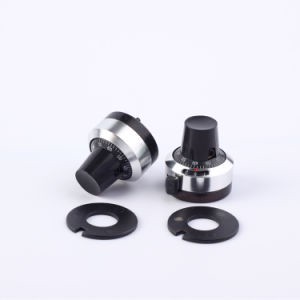
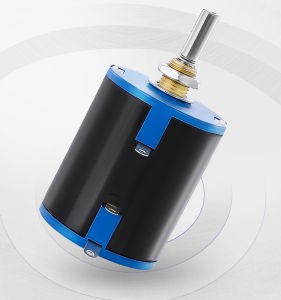
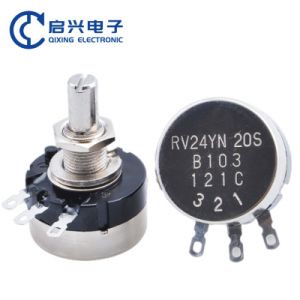
Recommended Products
Recently Viewed
 High Quality 9mm Plastic Shaft Sealed Rotary Potentiometer
High Quality 9mm Plastic Shaft Sealed Rotary Potentiometer China Factory 16mm Single Unit Insulated Shaft Switched Rotary Potentiometer
China Factory 16mm Single Unit Insulated Shaft Switched Rotary Potentiometer Wholesale 22mm 2K 5K 10K Plastic Rotary Potentiometer
Wholesale 22mm 2K 5K 10K Plastic Rotary Potentiometer Hot Selling 22mm 2K 5K 10K Plastic Rotary Potentiometer
Hot Selling 22mm 2K 5K 10K Plastic Rotary Potentiometer Hot Selling 16mm Single Unit Insulated Shaft Switched Rotary Potentiometer
Hot Selling 16mm Single Unit Insulated Shaft Switched Rotary Potentiometer
Contact Us
Sichuan Qixing Electronics Co., Ltd.
